All photos by Ryan “Chachi” Craig
Uriel Camacho invented the sport of bodysurfing. At least, he thought he did.
This was before Salina Cruz, a town on the edge of the southern state of Oaxaca, Mexico, became an international surf destination. Before its sand-bottom pointbreaks would plaster magazines. Before the all-inclusive camps, 4×4 trucks and direct flights weighing heavy with board bags.
Camacho had no reference for wave riding of any kind 30 years ago. One day, he just kicked his way out to an empty wave and taught himself to swim. “Hola, hola, ¿cómo estás?” he shouted at the sea. “No me vayas a ahoga.” (“Hello, hello, how are you? Please don’t drown me.”)
“One day, I caught a wave,” he tells me, holding his arm straight in front of him. “I thought I was the first one to do it.”
Camacho, 44, now runs Luna Coral Soul Surf, a camp named after his two daughters. He is stocky, with a long, dark ponytail, sunbaked skin, a hook nose and deep smile lines – the result of spending nearly every day of the last 13 years as a surf guide under the brutal Oaxacan sun.
He recounts his bodysurfing story over mezcal at his dining room table. It’s dark, and I have just arrived from the airport. As soon as I get my luggage to my room, he demands that we take a shot, a celebration of the coming swell set to arrive in two days, the biggest of the summer. We clink, “¡salud!”




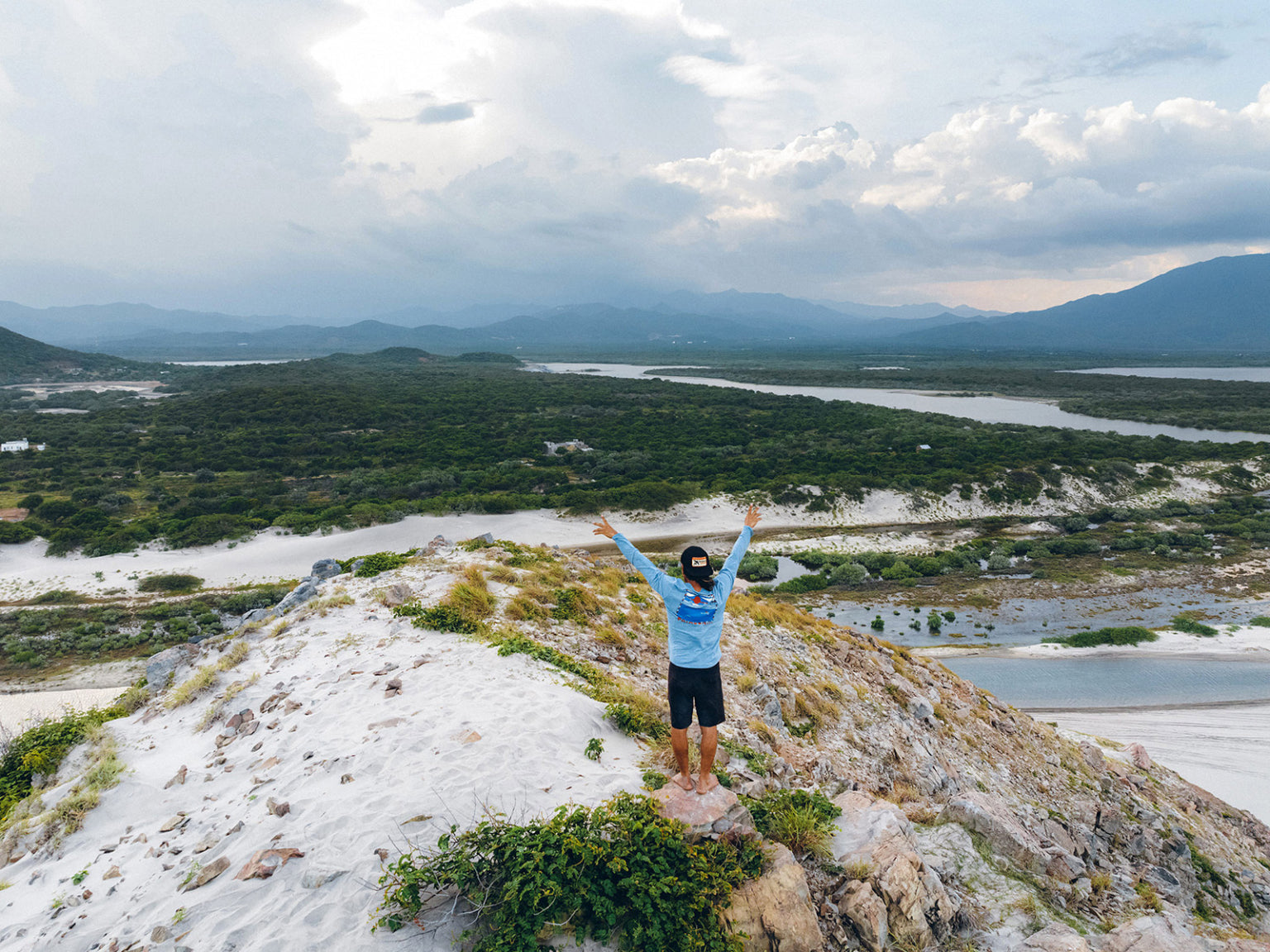
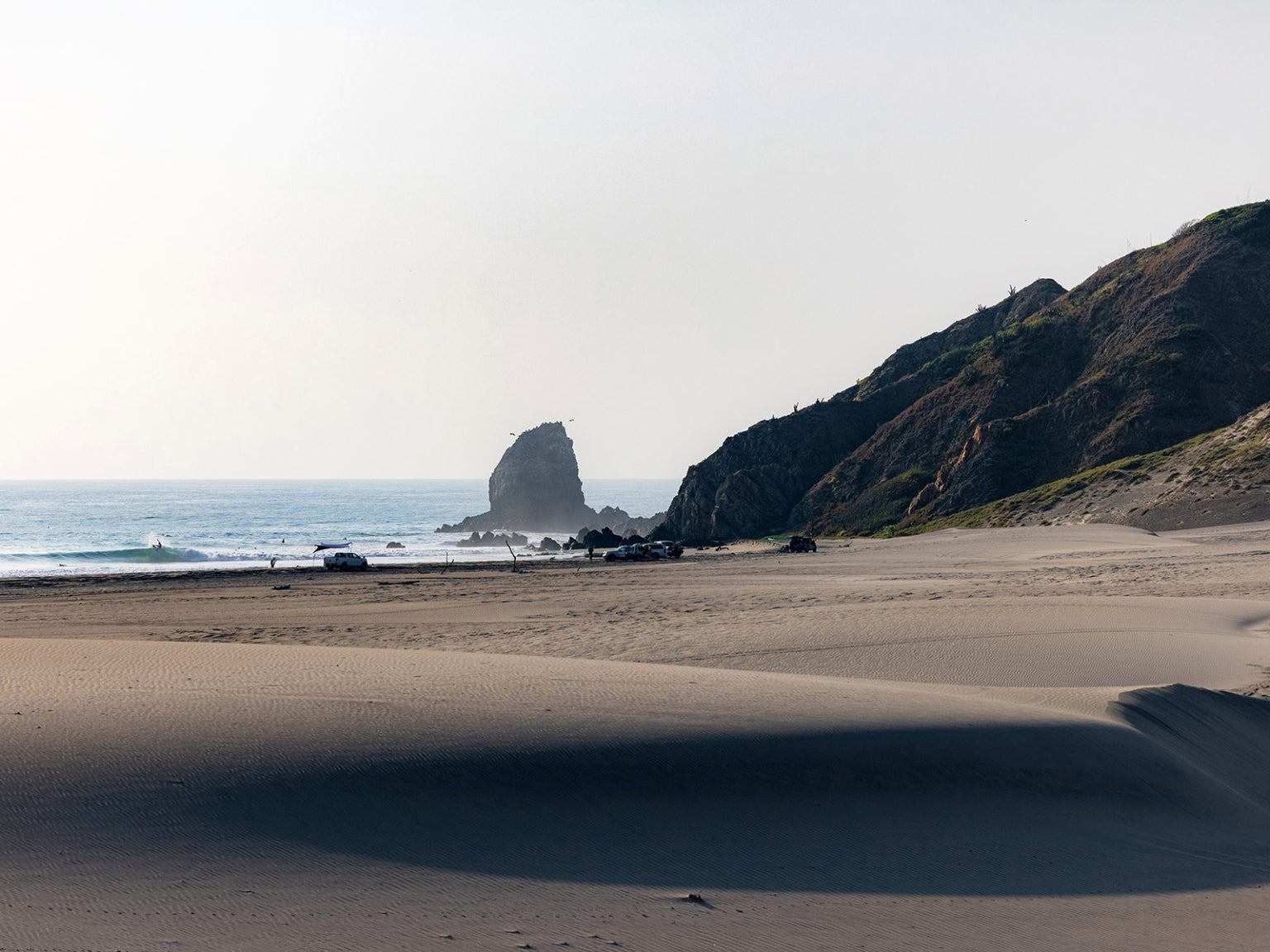
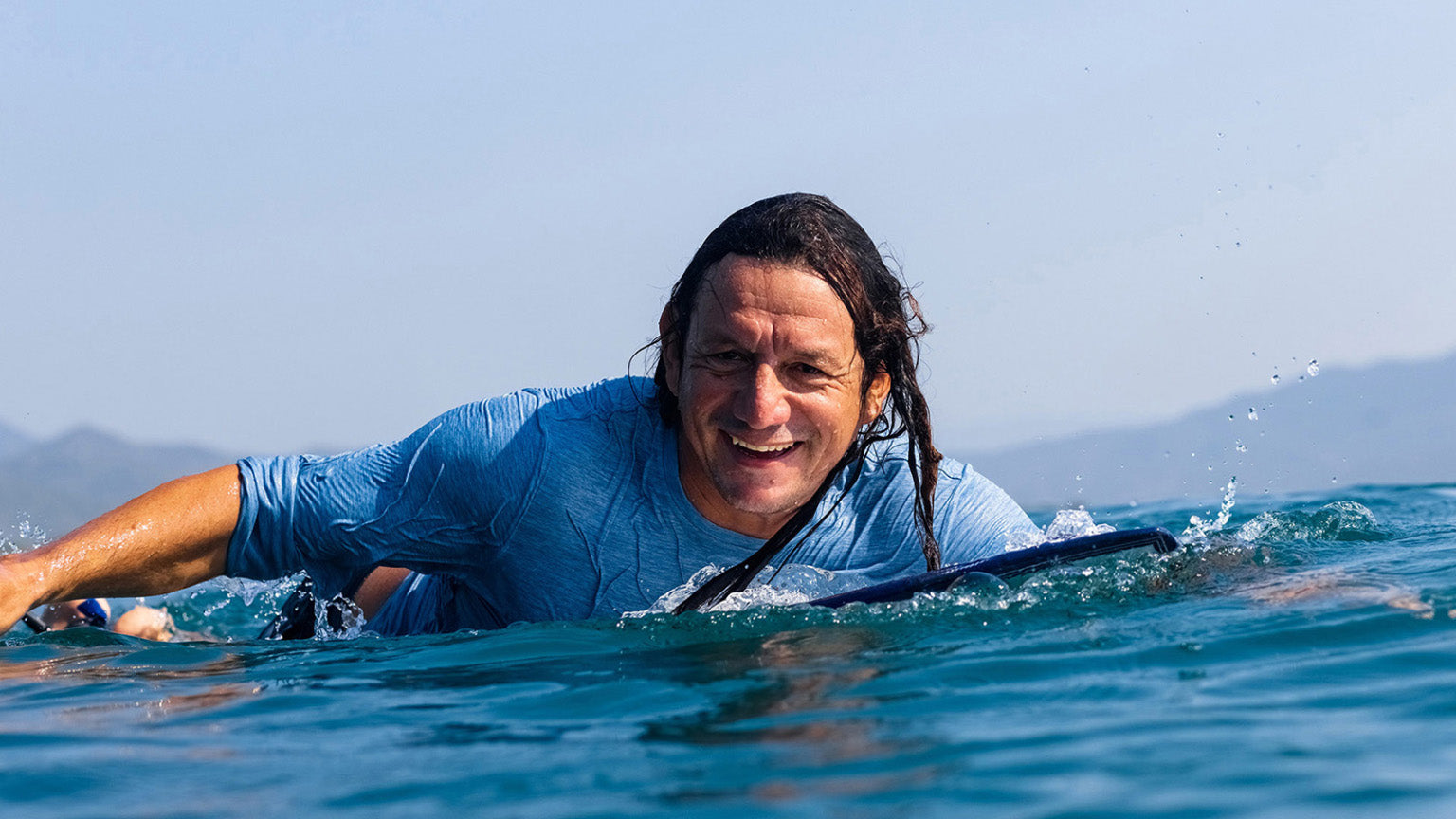
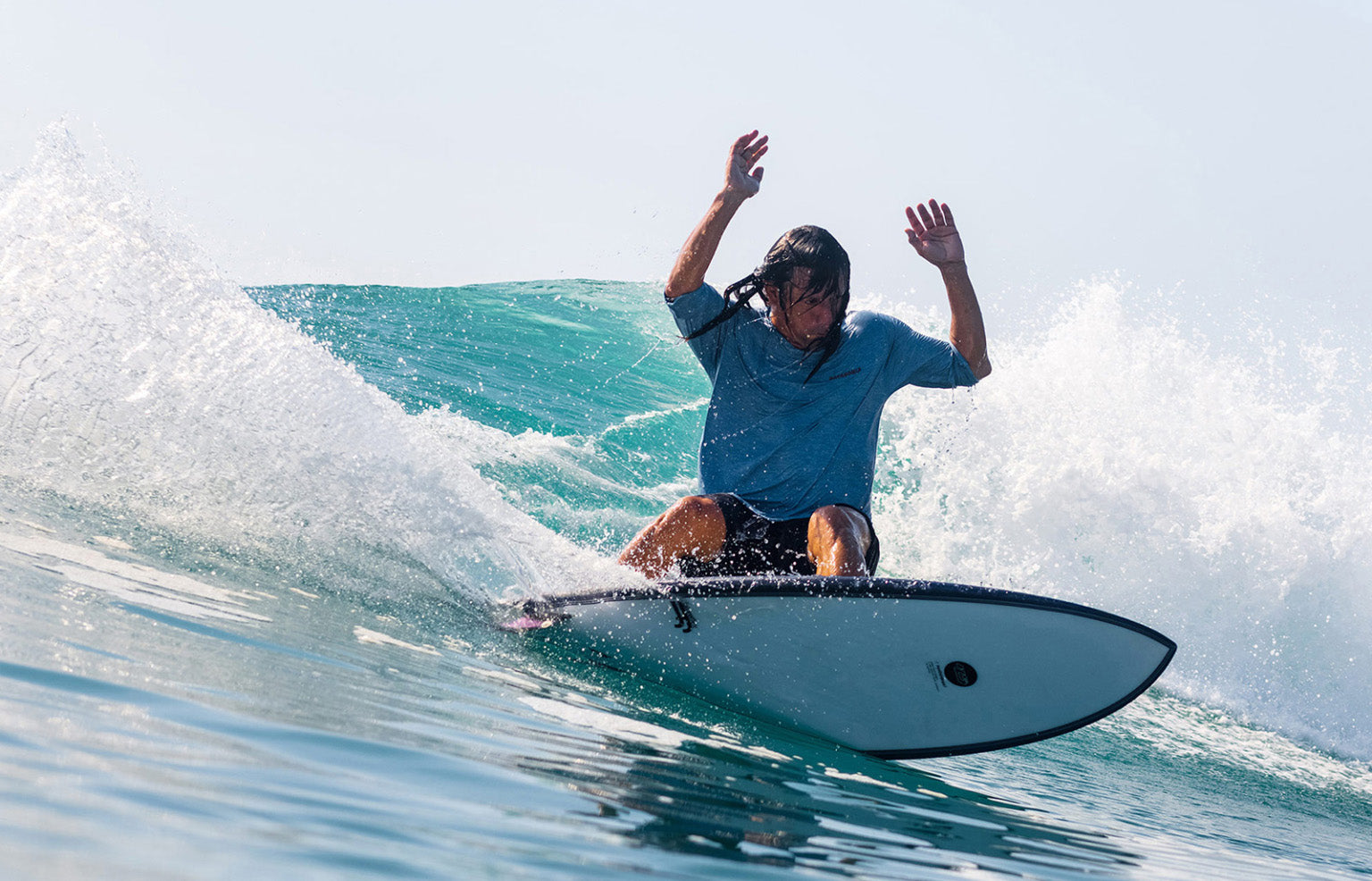
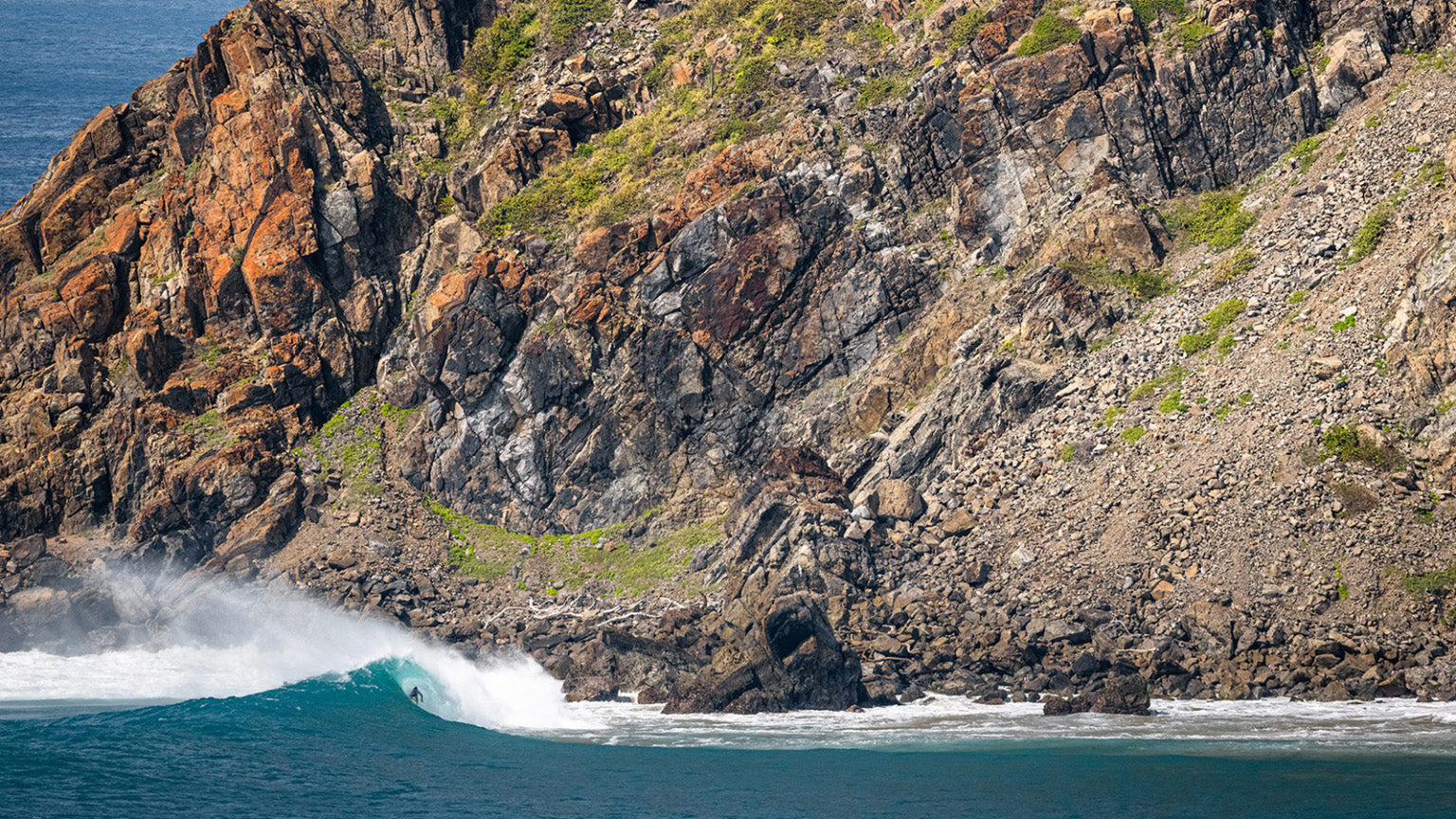
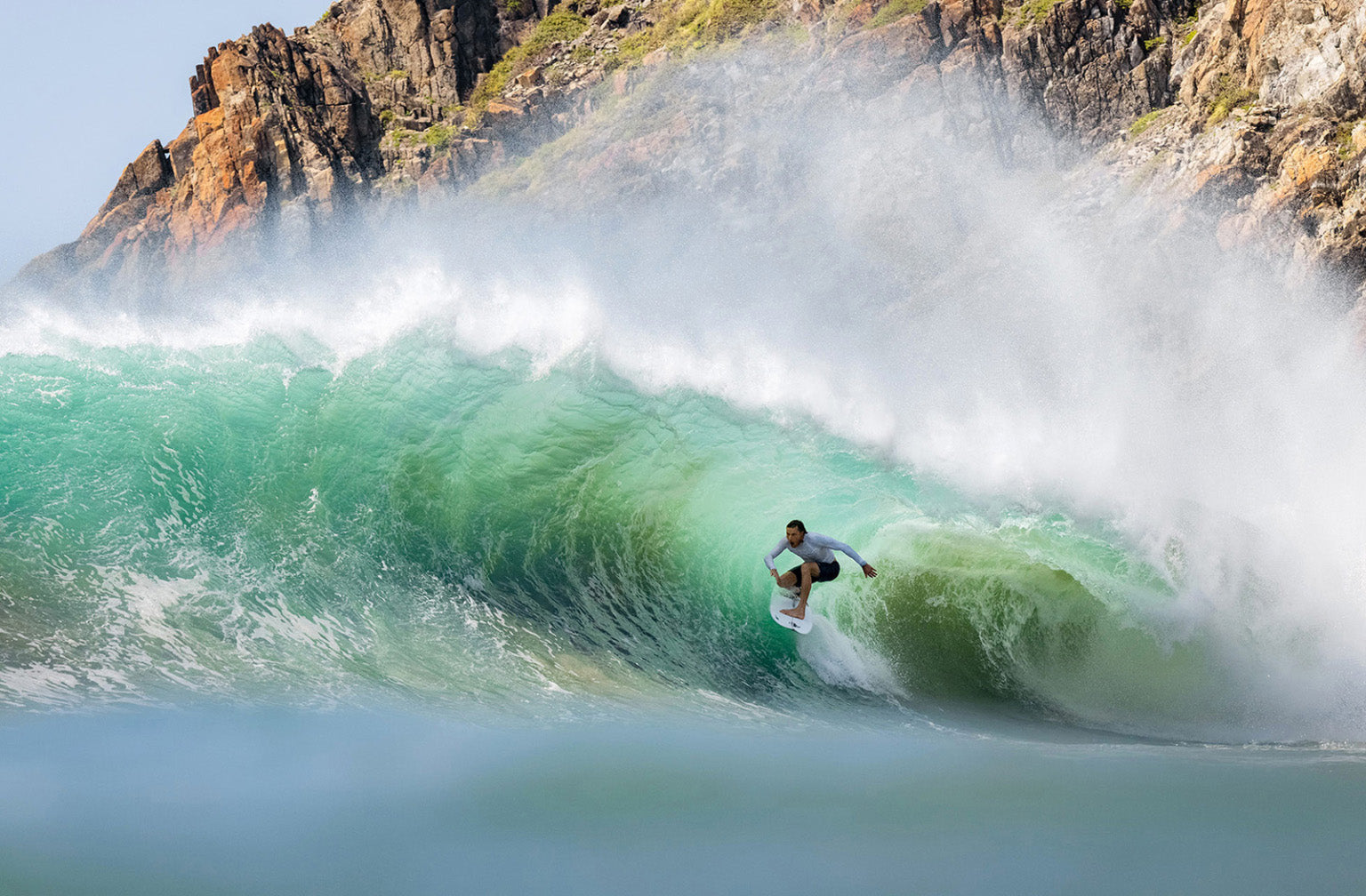
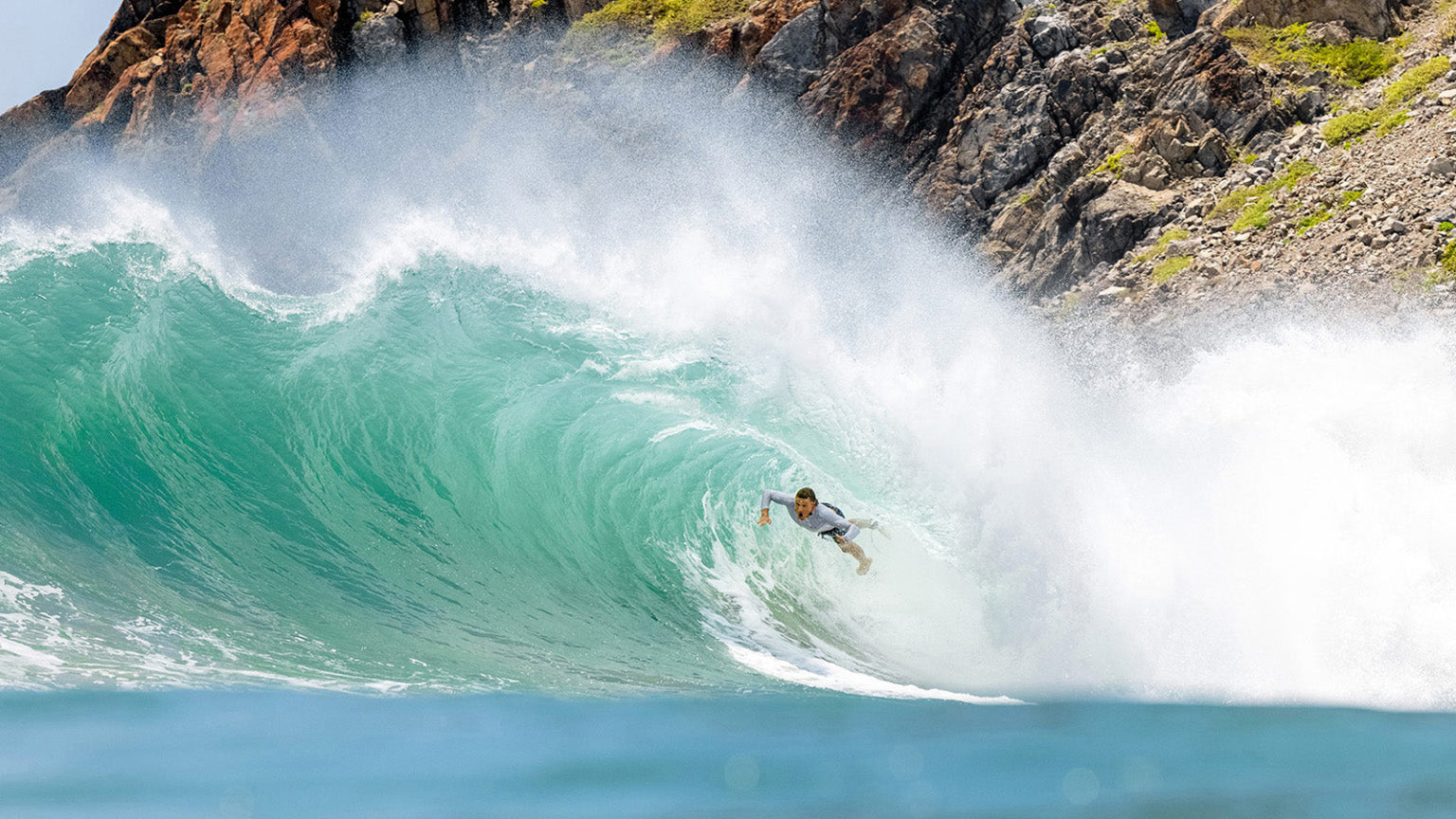
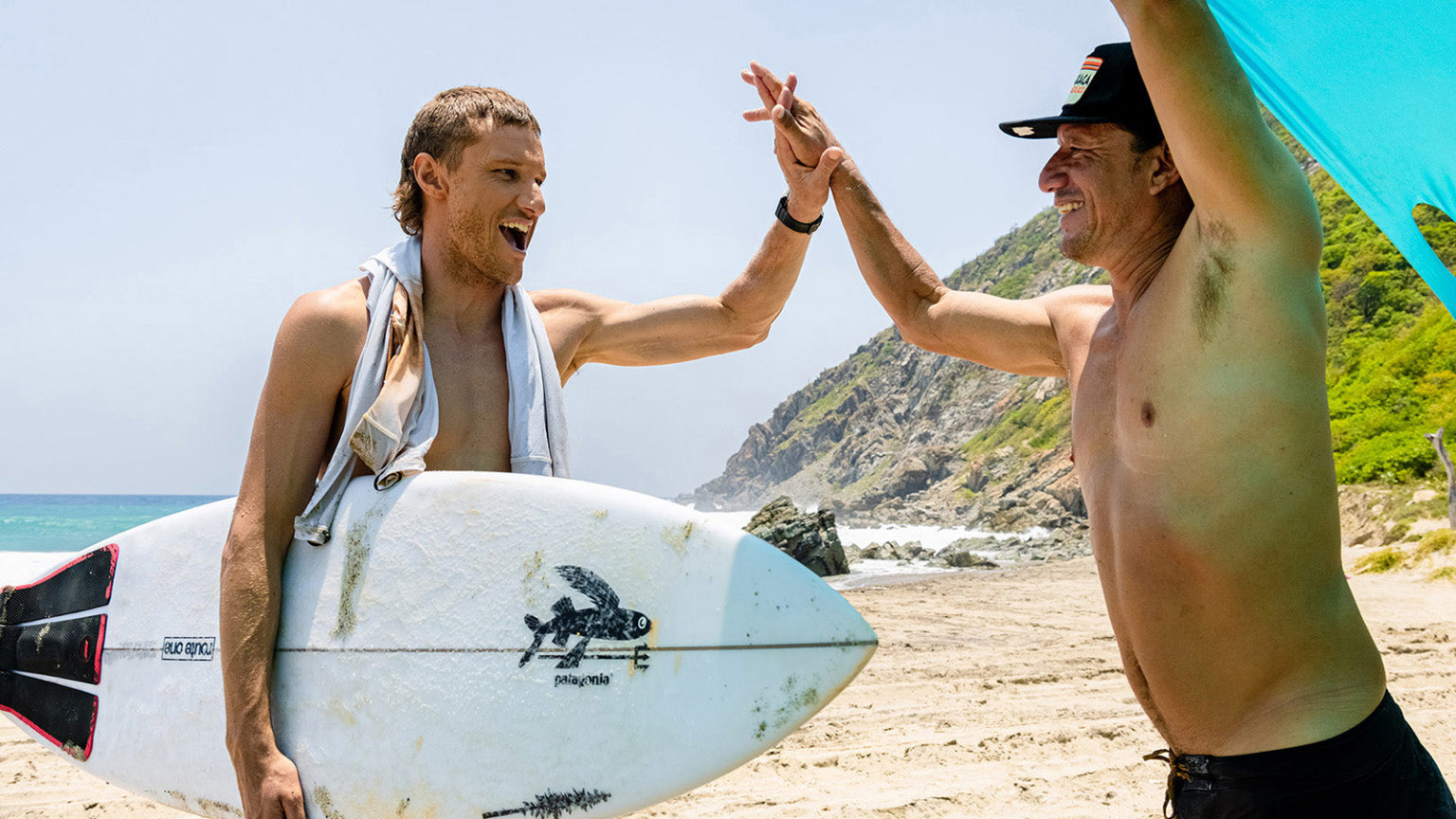
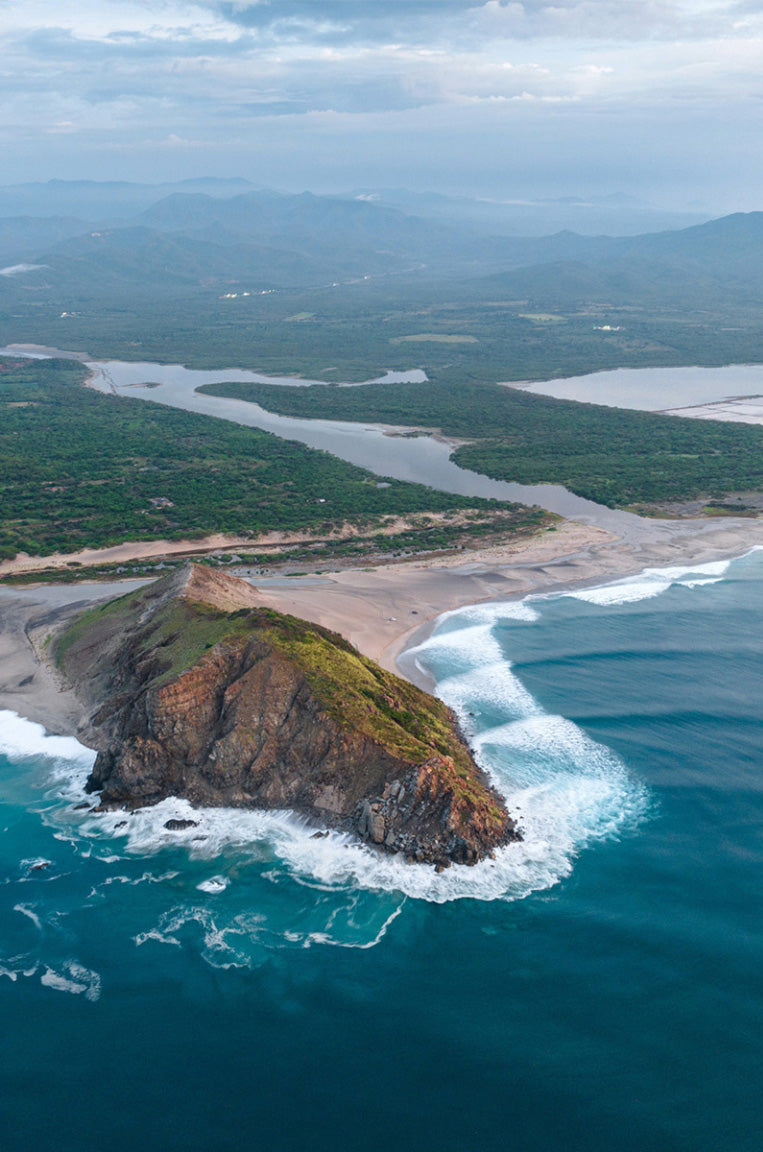















![Opening image: Simon Cleary [front] and Will Burke at their shared workspace out the back of Byron Bay. Photo Andy Summons](http://www.patagonia.co.nz/cdn/shop/articles/patagonia_roaring_journals_happy_dust_summons_a_00002.jpg?v=1721019239&width=533)





















